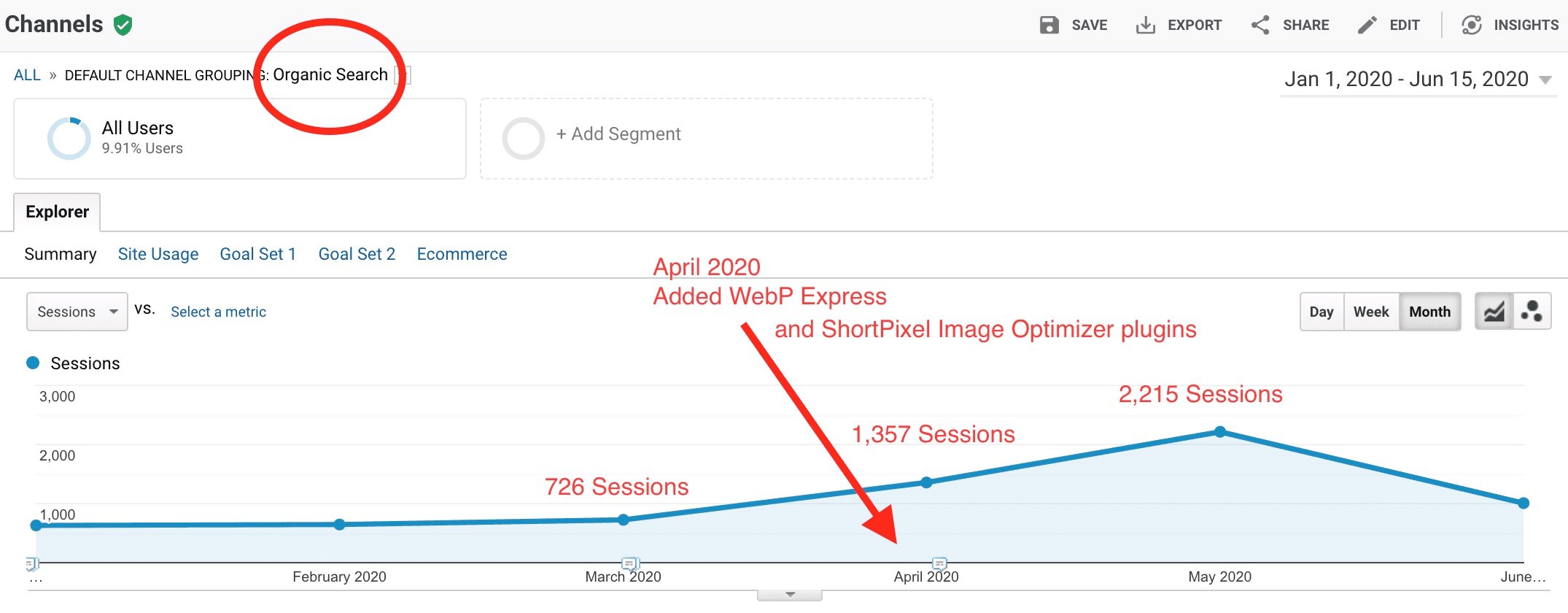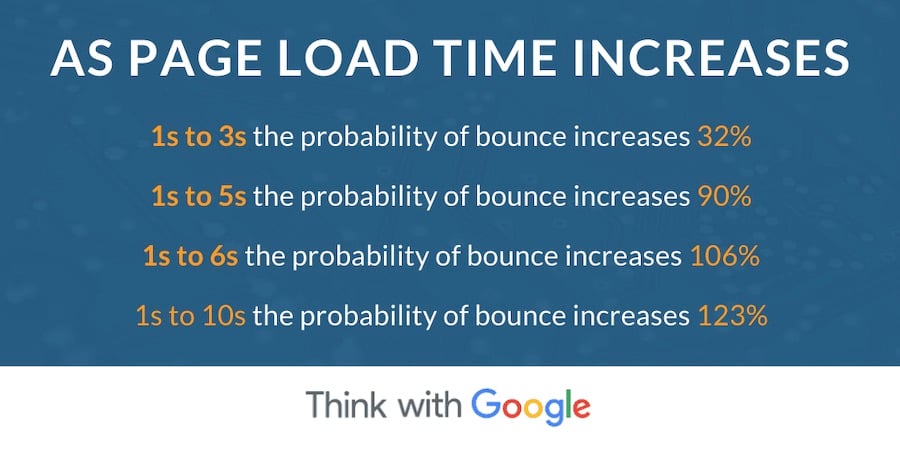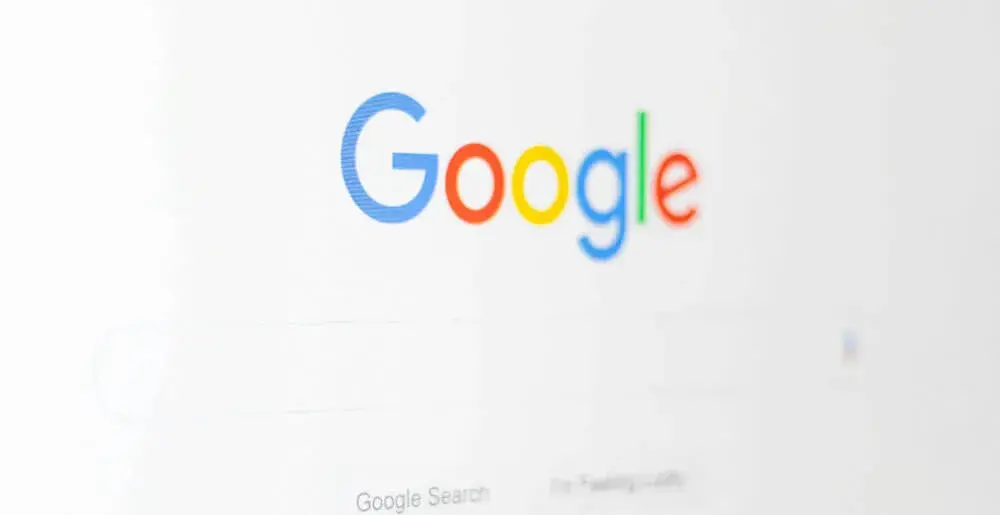Image optimization for SEO was once a simple formula, but as search engine algorithms and devices evolve, image optimization looks different today than it did just a few years ago.
Why is image optimization for SEO so important?
While image optimization best practices haven't changed from the initial list of recommendations, your SEO team must be aware of the latest image compression tools and sizing guidelines.
Remember that joke from the inbound SEO community?
 Image Credit: Huffington Post
Image Credit: Huffington Post
Check out these snippets from an upcoming SEO case study, and you’ll see why it’s worth the time and effort to make it a priority:
Image Optimization and Rankings
Background: We were working on an SEO campaign for a brand new URL. The target keywords had a difficulty score above 70%. We knew that SEO would take more than a few months to begin generating leads for this brand new domain, but after taking care of the technical SEO items, adding content to the website to support the primary keyword strategy, and building the authority of the website with a quality backlink profile, the website was ranking on Page 2 of the SERP for high-value keywords and a few page one rankings.
Moving forward with the strategy outlined for the next quarter, I noticed the Core Web Vitals Report in Google Search Console had an unusually high number of URLs with issues on the mobile report. The URLs listed were too high to comb through the site page by page; I needed an “all-in-one” solution, and fast! Google originally announced that mobile-first indexing for ALL websites would become an SEO ranking factor in September 2020, but due to hardships caused by COVID-19, they've moved the roll-out of mobile-first indexing to March 2021.
After some research (hat tip, Ezoic), I learned about Next-Gen images, the ShortPixel Image Optimizer Plugin and the WebP Express Plugin. I installed the plugins, and within 30 days, organic sessions increased by 86%! Within 60 days, organic sessions increased over 2,000%!
Here’s the graph from Google Analytics for organic sessions:

Google Analytics shows the jump in organic sessions, and our tracking tool in SEMrush showed a jump in page one rankings across the site!
The position tracker in SEMrush demonstrates the rankings jump within that initial 30-day window:
Rankings are only part of the equation for SEO success. Engagement, conversions, and lead generation are also essential parts of the SEO formula. Image optimization can help you improve these, too.
Image load time can increase page load time, leading to higher bounce rates.
Image load time can negatively impact page speed's overall performance, driving down the page load times for an entire website. Slow load times will affect the bounce rate; website visitors will leave before they get to see your full web page or blog post, especially if it's not loading on a mobile device.
Use these general guidelines to optimize page speed ensure that your website images load in 2.5 seconds or less:
Format
When choosing between jpeg and png, always choose jpeg unless the image is part of a branded graphic, a logo, or detailed screenshots (i.e. you want to show the highest quality image possible). You can use png files, but use a compression tool to reduce the file size. Any of these free tools will work:
Size
Image Size - Image size determines an image’s actual width and height in pixels.
Sizing & display recommendations differ for every CMS. Here's a summary for the most popular website platforms:
- WordPress 4.4 automatically serves responsive images.
- HubSpot has an automatic image resizing feature to optimize images automatically.
- Squarespace automatically creates up to seven versions of an image to fit on the appropriate screen size.
Note: All of the images shown in this blog post are jpeg files. In addition to individual file sizes, think of your overall page size. When using multiple images, stick with smaller file sizes whenever possible and don't rely fully on your CMS to reduce file sizes to accommodate the size of the entire page.
Aspect Ratio - Aspect ratio tells the width and height of an image in an x:y format. When resizing images, it's vital to maintain the aspect ratio to preserve image quality on every screen size. If you need to find a particular aspect ratio, use Andrew Hedge's aspect ratio calculator.
If you have a WordPress site and have many images that aren't optimized for speed, consider one of these plugins:
An experienced web developer, designer, or digital marketing agency can help you design templates for your website pages and blog posts that meet mobile indexing requirements.
Bonus tips
- Hosting. Nothing is more frustrating than spending time and money on SEO best practices only to discover that no matter what, you’re doomed to Page Two and beyond in the SERP because of a poor web host. Make sure your host isn’t holding you back from optimum page load speed. Changing hosting companies will require some research; be sure to read the reviews of hosting companies and test out their customer service/hosting transition team before you make a commitment.
- Image Sitemap. In addition to fast loading images, an image sitemap became a “best practice” for SEO when Google started showing more images in the search results in early 2019. If you’re using WordPress or Yoast SEO, images are added to your sitemap automatically.
- Alt tags. They may be old school, but they're still valid for SEO.
Closing notes
Image optimization is a small but important part of SEO for a website, and failing to make it a priority will make the difference between page one and page two results.
.webp?width=900&height=548&name=wyatt-mobile%20copy%20(2).webp)




